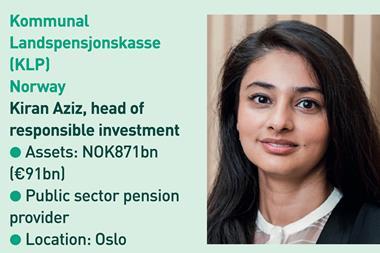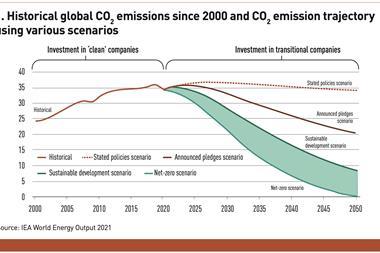The social security and health committee of the Council of States (SGK-S), the upper house of the Swiss parliament, has voted yesterday in favour of a reform of the country’s second pillar pension system differing in some key points from the version approved by the National Council, the lower house of the parliamentary, reigniting a debate on whether the changes reinforce redistribution mechanisms or hit low-earners most.
Yesterday’s vote underlined the difference between the two proposals particularly on the compensation for the reduction of the conversion rate used to calculate pension payouts – Umwandlungssatz – the threshold for annual wages for a mandatory pension insurance under the second pillar system and the amount of wage deduction to determine a salary insured in the second pillar – Koordinationsabzug.
Both the SGK-S and the National Council agree on the reduction of the conversion rate from the current 6.8% to 6%. However, the SGK-S is proposing that the first 20 cohorts retiring after the reform comes into force will receive a lifelong pension supplement, instead of a supplement limited to the first 15 cohorts, and after that period variable, as proposed by the National Council.
The committee is suggesting a supplement of CHF2,400 (€2,336) per year for the first five cohorts, CHF1,800 for the second five cohorts, CHF1,200 for the third five cohorts and CHF600 for the last five.
The supplement decreases for insured members with an income of between CHF100,380 and CHF143,400 per year, while individuals with higher incomes will not receive the supplement, according to the SGK-S.
With SGK-S’s proposal 70% of insured members will receive the full supplement during the transition period to the new system, and 18% would receive a reduced supplement, compared with 35-40% under the model put forward by the National Council.
The National Council had proposed an annual salary of CHF12,548 for a mandatory insurance in the second pillar, down from the current CHF21,510 per year, while the SGK-S is pitching CHF17.208 per year so that 140,000 low earners would join a pension fund, compared to 320,000 new joiners under the National Council’s plan.
SGK-S intends to insure 85% of salaries under the first pillar AHV to protect low earners, it said yesterday. The National Council had halved the Koordinationsabzug from CHF25,095 to CHF12,443 per year.
Plan under fire
The Swiss pension fund association ASIP believes the plan put forward by the social security and health committee reinforces the redistribution of pensions in the second pillar system, at the expense of the younger generation.
The supplement would be a necessary measure only for around 14% of insured members, and not for 70% as proposed by the SGK-S, in order to maintain a certain level of pension level after the reform, ASIP said in a statement.
Lowering the threshold for the mandatory insurance under the second pillar, and the new definition of the Koordinationsabzug, lead to expand pension provisions, and the additional costs will primarily be borne by the sectors directly affected by the reform, for example gastronomy and retailing, it added in the statement.
ASIP has tabled an alternative proposal for the reform of the second pillar system to that of the social partners backed by the government.
According to the Swiss Federation of Trade Unions, SGB USS, the SGK-S’s plan leads to “massive additional costs” for people with low incomes, the union said in a statement.
The reduction of the conversion rate is compensated during a transitional period and, in contrast to the compromise of the social partners, neither employers nor people with higher incomes contribute to the costs, it added.
For the PK-Netz – the association of the employees in the occupational pensions industry – the proposals of the SGK-S, especially for the Koordinationsabzug – are “simply too expensive” for low earners, it said.
The latest digital edition of IPE’s magazine in now available
















No comments yet